What is noise canceling technology and how does it work?
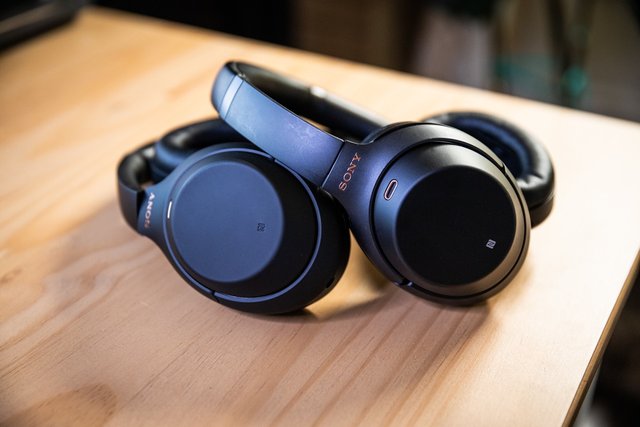
Noise canceling headphones have a very clear, high-definition sound and do not allow disturbing ambient sounds such as car engine noise or other people's noise to reduce their sound quality; But do you know how noise cancellation technology works and what are its advantages and disadvantages?
If you usually listen to music with a handsfree and headphones in a noisy or crowded environment, and you want to hear a perfectly clear, high-resolution, fully detailed sound, it is recommended to choose those headphones that have noise canceling.
What is noise cancellation?
Headphones with noise canceling technology prevent annoying and unpleasant ambient sounds from entering the ear and make you hear a clear and distinct sound. Many high-end headphones and handsfree companies now have noise canceling capabilities; But this feature only works well in the products of some brands and this high performance has led to their proper sales in the market.
But do you know how noise canceling technology works and why it is considered a useful and efficient technology? To better understand the process of removing noise or annoying noise by this technology, we must first see what sound is.
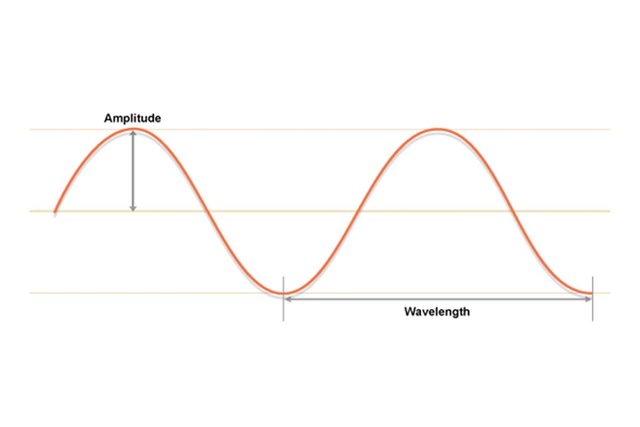
To better visualize and understand the sound visually, we can draw the noise as shown above. Although this simple two-dimensional image can help to better understand what we are going to say next, it does not fully explain the true structure of sound (at least until we can grasp its implicit and gradual meaning). To understand the exact structure of sound, we must use the laws of physics.
The sound we hear is actually just the compression and non-compression of particles flowing in a medium (in physics, a medium is a substance that transfers energy from one substance to another) to transmit a message.
By media we mean air flow. If we can imagine sound as three-dimensional waves transmitting through the air, we can better understand the structure of sound. Particles moving in the air flow change slightly due to air pressure. The measurable power of these changes is called the pressure range, and the louder the sound, the wider the pressure range. Our ears and brains detect pressure changes as sound and decode them.
How does noise cancelling work in headphones?
Noise-canceling headphones operate on one of the principles of physics, the principle of antiphase. This is a simple concept, but you can hardly understand it exactly. When two identical waves of the same frequency with the same amplitude are placed on top of each other, their highest and lowest points are coordinated with each other and are placed in a state called antiphase in physics, which creates a larger wavelength (louder sound); But what happens if two waves overlap and exactly half the wavelength coincides with the other highest and lowest waves?
In this case, the waves are in a state called out of phase. In this case, the waves are subtracted from each other due to the positive pressure of one wave versus the negative pressure of another wave (or vice versa). In this case a wave is added and a wave is reduced; So there is no wave left. The ability to remove noise is based on this physical principle; But how does it work in headphones and headphones?
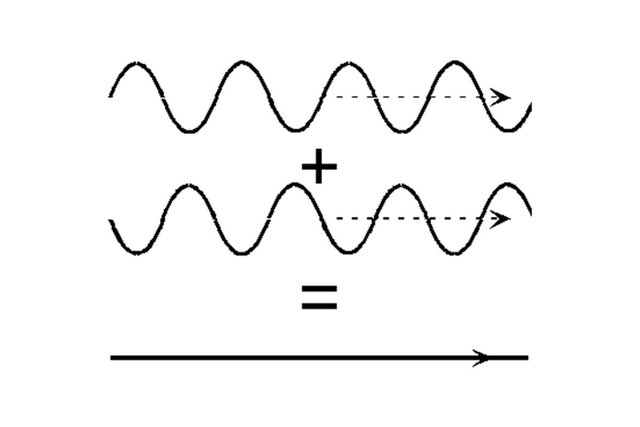
Noise-canceling headphones and hands-free headphones have small microphones that record ambient sounds, and then the electronic components inside them receive these sounds from the microphones; In the next step, the headphones or handsfree produce a sound that is exactly the opposite of the wavelength of the sound recorded by the microphones (anti-phase) until that sound is removed and the only sound you hear is the music sound with very high clarity.
Of course, we should not forget that the noise canceling feature only works well on paper and theoretically, and in gadgets equipped with this feature, the amount of ambient noise removal is far from the ideal amount of removal of these sounds. Detecting continuous noises, such as the hum of an aircraft engine or chat, and removing them for headphones or noise-canceling headphones are easy; But these devices can not detect and eliminate sudden sounds such as car horns and other similar sounds.
Although all brands of noise-canceling headphones use the same physical principle to create this feature, some brands' products perform better than other devices.
Does noise cancelling cause dizziness?
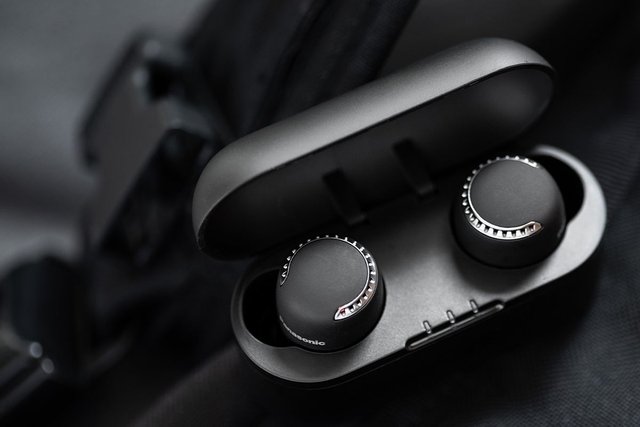
Unfortunately, the answer is yes, and people who use noise canceling headphones or headphones often feel dizzy and confused. In some cases, problems such as headaches and nausea can occur for these people. According to Dr. Sarah Stockpole, an ENT doctor, the technology stimulates receptors attached to the stereosilica of the ear (tiny hair-like protrusions used for hearing).
When these receptors are stimulated, they mistakenly send the message to the brain that the head is moving. In this case, while the eyes are fixed, sending mixed messages to the brain makes the brain think that the person's head is moving and therefore the person feels dizzy.
The solution to reduce the severity of these problems in the individual is to reduce the amount of active canceling noise or the same canceling noise that we have described. Noise reduction can be done in several ways. The first solution is to reduce the amount of noise cancellation by special applications of handsfree or headphones that come with some of them. You can easily reduce the amount of noise removal through the control panel of these applications or similar sections.
The second solution to this problem is to buy noise-canceling headphones that are mediocre and not so good! Of course, it should also be noted that if the noise canceling feature does not cause you headaches, dizziness and nausea, the use of not-so-good headphones and handsfree (compared to similar higher-end models) can be annoying; So when buying noise canceling headphones, you should choose a device that is perfectly suited to your physical condition.
The third way to prevent physical problems caused by noise cancellation is to buy devices that do not have this feature. The fourth solution is to buy devices that are equipped with noise canceling; But it is possible to turn this feature on or off.
It should also be noted that if you are usually in an environment where you have to react quickly to the noise around you and you want to listen to music in such environments with headphones or handsfree, you should not choose devices with noise canceling capability to buy and Using such handsfree and headphones can be a hassle for you.
In addition some low-cost headphones have Passive Noise Cancelling technology. These devices do not have a microphone to record ambient sounds, as well as electronic components to detect and eliminate ambient noise, and only physical coverage is placed on their phones to prevent the entry of ambient noise into the ear as much as possible and the person hear clear sound.
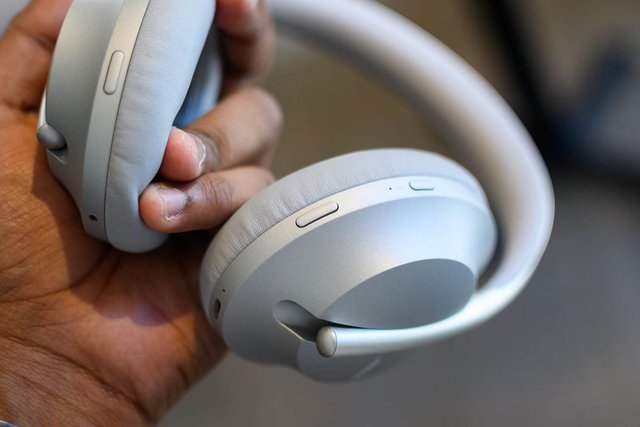
It is interesting to note that the overall sound quality of devices with active noise canceling technology is usually lower than that of devices equipped with noise canceling. For this reason, many manufacturers of headphones and headsets are reluctant to use active noise canceling technology. Also, when using active noise canceling devices, you will feel a slight pressure on your ears; Just like when you are driving in a tunnel or when you are on a plane ascending and taking off. Although light pressure on the ears is not painful, it can be annoying with long-term use.
In general, if we want to compare these two technologies in general and briefly, we must say that active noise canceling devices perform better when playing low frequency sounds; In contrast, passive noise devices are cheaper and offer better quality.
Thanks for reading my review. @hadif66
Image source: google